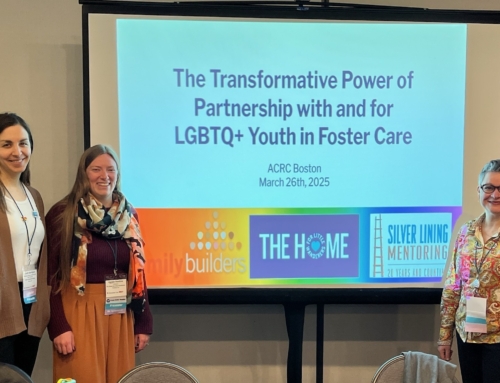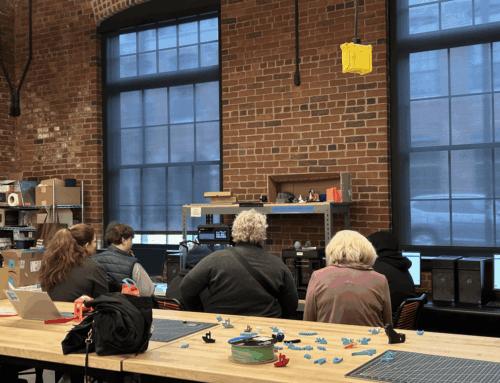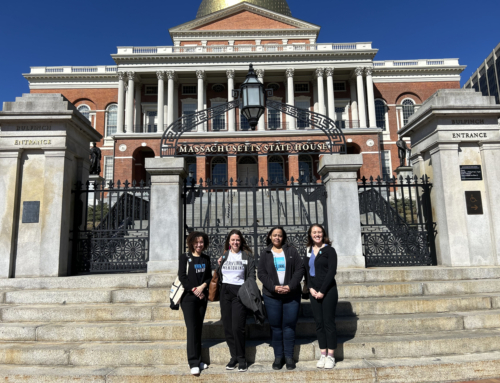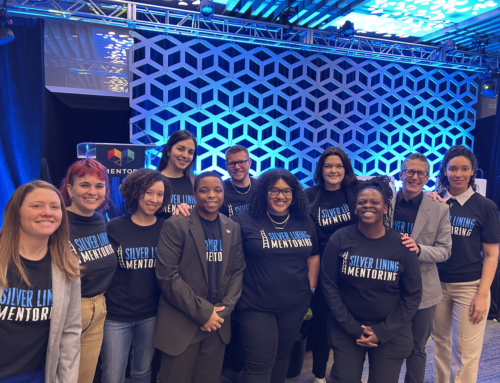Written by Silver Lining Mentoring Program Coordinator, Liz Barker.
This June, I had the wonderful opportunity to attend a post-MENTOR Con “training of trainers” session hosted by MENTOR National in conjunction with the National Mentoring Resource Center (NMRC). The two-day training focused on diving deeper into the six Elements of Effective Practice for Mentoring™ and specific tricks and tips for training other mentoring organizations who are engaging in Technical Assistance with outside organizations. Through my role at Silver Lining Mentoring, I have the opportunity to collaborate on and facilitate various webinars, events and trainings to outside organizations. This particular training put me in an advantageous position to continue my facilitation opportunities with a fresh perspective, specifically reminding me of ways to make sure presentations are accessible and geared to all learning styles.
Christopher Margadonna, MENTOR Rhode Island’s Sr. Director of Training & Partnerships, facilitated an engaging and productive training which began with a fun icebreaker for the group that got us moving and provided space for us to get to know one another. Following the icebreaker, Christopher led us in a robust recruitment discussion that allowed us to gain a better understanding of the many nuances that exist in the mentoring field, and specifically with recruitment of new mentors. Next up was the screening portion where we viewed a video of a potential mentor’s interview and discussed the “red flags” that we identified.. We talked about the importance of continuous mentor training and support throughout the duration of a match. 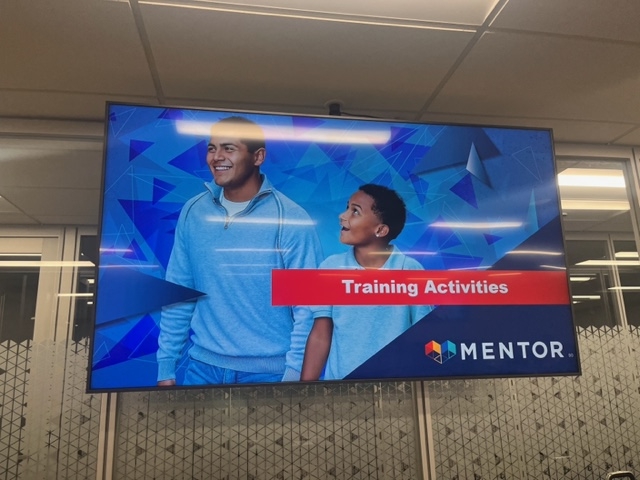
To explore the topic of mentoring program matching, we had a great hands-on activity where we had six cards with names and descriptions of mentees and only five cards with names and descriptions of mentors. In our groups, we discussed who to pair as well as our reasoning, knowing that one mentee would not get a match. This activity really gave us a feel for how matching works and how unique the process is.
We also had a strong group discussion on monitoring and support and the closure portion brought so many great questions from my fellow attendees. To close the two-day training, we did a brainstorm and share out session in groups regarding facilitation and training techniques and tips. The reflections included things that facilitators should avoid, how to make training accessible and incorporate all learning styles, a list of breakout activity ideas, how to tell if participants are integrating their learnings and finally, how to create and lead a culturally responsive training. My favorite recommendations were about how to create and deliver a culturally responsive training which included examples such as holding space for traumatic and current events, seeking diversity in trainers and designers, having intentional representation, implementing community agreements, the “power of the pause”, and meeting participants where they are.
Professional development, especially in a peer group style is beneficial for a number of reasons. Peer groups provide social belonging, expand an individual’s network, provide perspectives outside of one individual’s viewpoints and increase social support and skills. Practitioners should be encouraged to engage in opportunities such as this one.
Overall, this experience was inspirational and productive training and my colleagues and I left feeling re-energized, connected and ready to continue doing this work with the new knowledge and skills that we gained in Iowa.
Direct service organizations interested in training and consulting to start up or augment youth mentoring programs can receive no-cost assistance through the Silver Lining Institute’s partnership with the National Mentoring Resource Center. Learn more.
